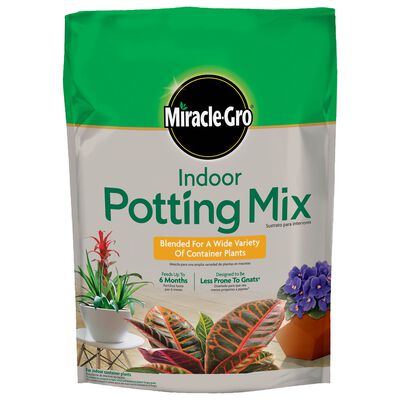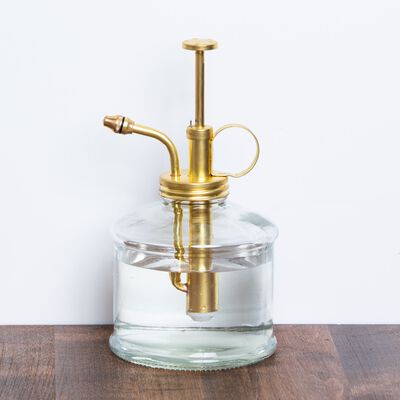
Your Guide To: Calathea
Everything you need to know to care for these delightfully active houseplants.
While the eye-catching patterns on calathea leaves have earned these plants several nicknames—peacock plant, zebra plant, and rattlesnake plant—they are also well known for how they move. Calathea plants close their leaves up at night like a prayer plant, then lower and open them in the day to catch sunlight. Calatheas, especially varieties like orbifolia, makoyana, ornata, zebrina, rattlesnake, and painted rose, are great for a novice indoor gardener ready to take the next step.
How to Keep a Calathea Happy
Native to the rainforest, your calathea will feel most comfy in a space that mimics its warm, humid environment.
How Much Lighting Does a Calathea Need?
Calathea plants typically grow at the base of trees in the jungle or forest, so they’re conditioned to limited light. Plus their wide leaves are great for soaking up what sun they do get. This translates well to homes and offices with medium to bright indirect light, and even low light, if your calathea has dark foliage.
Avoid direct light from sunny windows, which can damage and fading leaves.
If your calathea doesn’t seem to be getting enough light, you can add a fluorescent lamp or even a grow light to its environment to help.

How Do I Know When To Water My Calathea?
When the top inch of soil in your calathea is dry, give it a thorough watering. During spring and summer this may mean watering every week.
Just don't let your calathea dry out completely. Stick your finger in the soil to test. If the top inch of soil is dry to the touch, it's time to water. If you'd rather take the guesswork (and your finger) out of it, use a plant moisture indicator from our shop.
To water, use a small container or watering can to pour water out slowly, directly onto the soil, moving in a clockwise motion to evenly water the plant's roots. Calathea plants do best in pots with trays or saucers so you can dump extra water and avoid root rot.
How Do I Use Plant Food for My Calathea?
What Is a Calathea's Ideal Environment?
Calathea plants really like humidity, but they will do fine in most home environments. Misting your calathea a few times a week is beneficial. Running a humidifier in the same room is another way to make this tropical plant happy.
For the best growth, keep it in a room that is warm all year, with a temperature between 65 and 85 degrees. Do keep it away from heating and cooling vents and far enough from windows that its leaves won’t touch the cold glass.

How Do I Prune and Maintain My Calathea?
Your Greendigs calathea is fairly low-maintenance. If you'd like to manage its size or encourage bushier growth, you may want to trim with a pair of pruning shears. Otherwise, the only pruning you need to do is removing brown or yellow leaves.
Each time you water your calathea, rotate the container a quarter turn. This way you'll make sure it gets the same amount of light on all sides. Our plant trivet set makes this easy and stylish, too.
How to Address Common Calathea Issues
- Curled, dry, or brown leaves may mean the environment for your calathea isn't humid enough.
- Yellowing leaves or a black base may mean it's getting too much water.
- Faded or damaged leaves may mean it's getting too much sun.
- Spots on the leaves may indicate a fungus or mineral build-up. Switch to distilled water and be sure not to get the leaves wet.
What to Do If You Still Have Questions?
If your calathea doesn't seem to feel at home in your space, we're here to help. Chat live with a Greendigs representative on our website or shoot us an email at [email protected].

